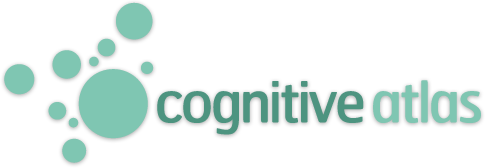Go-No-Go Zoo Task
Unreviewed
The Go-No-Go Zoo Task is a measure of inhibitory control. Child subjects are instructed to press a key in response to a displayed “go” stimulus (presented for 300 ms) but to avoid response when they are displayed a no-go stimulus. Children are instructed to respond as quickly as they can and to maintain accuracy. Trials are successful in the Go condition when child correctly responds to any animal that is not an orangutan and trials are successful in the No-Go condition when child correctly inhibits a response when seeing an orangutan. Errors are evaluated only for No-go trials (i.e., errors of commission), while successes are evaluated only for each correct Go trial.
Definition contributed by JShaw
Definition contributed by JShaw
Go-No-Go Zoo Task has been asserted to measure the following CONCEPTS
Phenotypes associated with Go-No-Go Zoo Task
Disorders
No associations have been added.Traits
No associations have been added.Behaviors
No associations have been added. CONDITIONS
Experimental conditions are the subsets of an experiment that define the relevant experimental manipulation.
CONTRASTS
In the Cognitive Atlas, we define a contrast as any function over experimental conditions. The simplest contrast is the indicator value for a specific condition; more complex contrasts include linear or nonlinear functions of the indicator across different experimental conditions.
INDICATORS
No indicators have yet been associated.
An indicator is a specific quantitative or qualitative variable that is recorded for analysis. These may include behavioral variables (such as response time, accuracy, or other measures of performance) or physiological variables (including genetics, psychophysiology, or brain imaging data).
